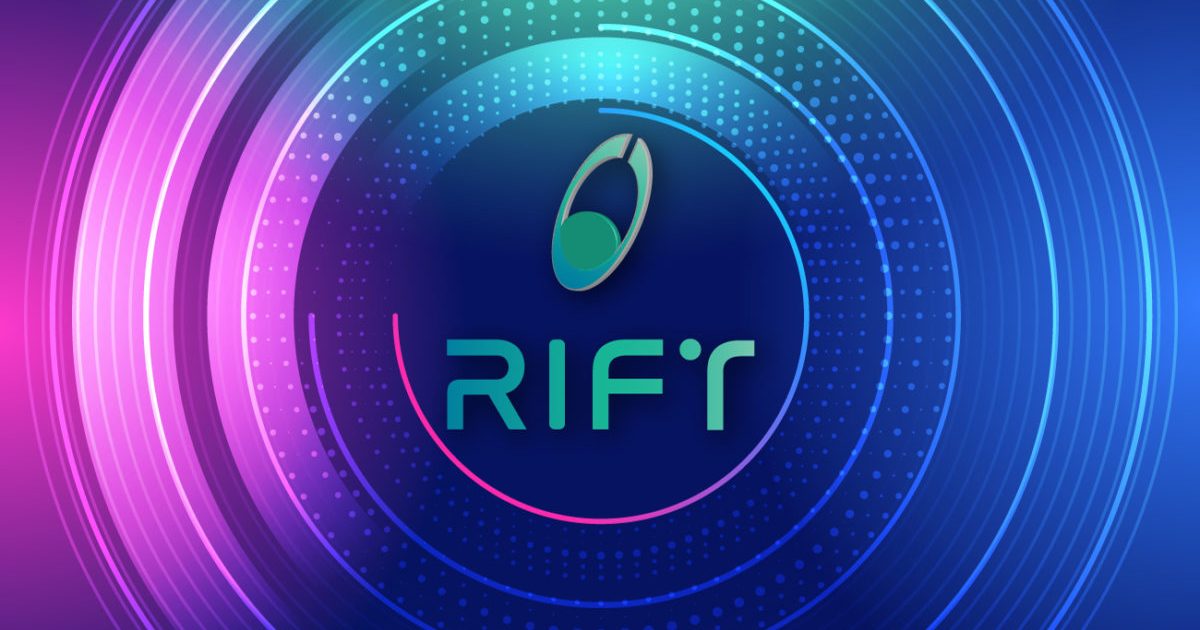A recent large-scale malvertising attack identified by the TrendMicro security intelligence team has seen thousands of individuals around the world targeted by a sophisticated cryptojacking network. TrendMicro’s latest blog details the recently discovered but undocumented version, noting that the new version is “capable of taking over systems in order to mine Monero cryptocurrency and steal sensitive browser data like passwords and cookies.”
This strain of the Glupteba malware reportedly exploits a known security vulnerability in MicroTik routers to modify the target machine into a SOCKS proxy. This allows the attack to deliver widespread spam attempts that could threaten Instagram users. According to the TrendMicro team, the infection has a systematic mode of operation.
The use of sophisticated hacking techniques is not a new occurrence in the blockchain ecosystem. New technologies such as cryptocurrencies and blockchain have new challenges that must be constantly overcome.
Blockchain technology is currently entering a transformative era — the launch of the Bitcoin network in 2009 was the first iteration of blockchain technology, but the same solutions that worked a decade ago don’t necessarily work today. Scalability, security, and transaction throughput are significant challenges that must be addressed before the blockchain ecosystem can evolve.
ILCoin’s RIFT protocol represents the next step towards a truly decentralized future, addressing each of these challenges through a unique approach to blockchain technology. By reforging the way blockchain networks secure blocks and store information, RIFT unshackles blockchain technology and establishes a foundation for the next generation of decentralized platforms.
RIFT is a protocol designed to create infinite blockchain opportunities. RIFT not only provides extended use cases and functionality for cryptocurrency applications but also establishes a system that blends blockchain technology with daily life. RIFT’s “next version of the blockchain” allows the platform to minimize security risks while solving important issues such as cost, scalability, speed, privacy and storing data on the chain.
In the era of evolution, the right evolution
Products, services, and platforms seeking to leverage blockchain technology are currently inhibited by a number of restrictions that impede blockchain integration such as the scalability of contemporary blockchain networks, slow transaction times, or the inability to store large amounts of data on-chain. Over time, various solutions have been proposed to address these problems — but few are effective.
Many enterprises choose to store data offline due to the risk of breaches presented by third-party data storage. Others turn to hybridized solutions such as IPFS, which currently lack the scalability to provide enterprise-level functionality. The main strength of ILCoin’s RIFT protocol, however, is based on the fundamental principle of blockchain technology. RIFT Protocol applies fractal principles to block architecture, establishing a second layer of “Mini-Blocks” that greatly expands data storage capability.
Using the RIFT communication protocol, blockchain networks are able to dramatically speed up transaction times and securely store data on-chain through a unique “nested” block structure. Data protection within the RIFT protocol is guaranteed, as all transmitted or stored data is fully encrypted.
RIFT’s major breakthrough is the use of “Mini-Blocks” to store large amounts of data on-chain. Each RIFT Mini-Block size is set at 25MB, which are contained in Blocks on the Block layer. ILCoin development team has tested extensively with a block size of 1.5 GB and recently they successfully tested block size of 5 GB as well.
Through the RIFT protocol, synchronization is performed in an asynchronous manner, via a Mini-Block. Mini-Blocks have a hash reference to other Mini-Blocks. This communication structure allows nodes to synchronize with each other in a decentralized manner. The RIFT protocol fundamentally alters the way blockchain networks manage data, enabling an integrated chain-based data storage solution.
The opportunities are boundless
The RIFT protocol is positioned to dramatically reform the way blockchain technology is used both in enterprise applications and everyday life. RIFT protocol has not been created for simple transactional operations, but to be part of various “solutions” or enterprise system like ILCoin’s Decentralized Cloud Blockchain (DCB).
ILCoin’s Decentralized Cloud Blockchain (DCB) is a novel approach to the way in which blockchain networks manage and store data. Contemporary blockchain networks, such as the Bitcoin or Ethereum networks, are unable to encrypt and store large amounts of data in a decentralized manner.
The ILCoin development team is creating the DCB system in order to facilitate the storage of large amounts of data of any kind, such as video, images, or documents.
DCB allows users to store large files within mini blocks. Each Mini-Block within a RIFT Protocol block is capable of storing 25MB of data. Data uploaded to DCB is divided into 25MB fragments, encrypted, and stored within the ILCoin blockchain.
RIFT protocol is the foundation and basis of DCB. Setting up an on-chain based data storage system like DCB is simply impossible without the RIFT Protocol.
The world will experience the true power of the blockchain through the revolution of RIFT protocol.




